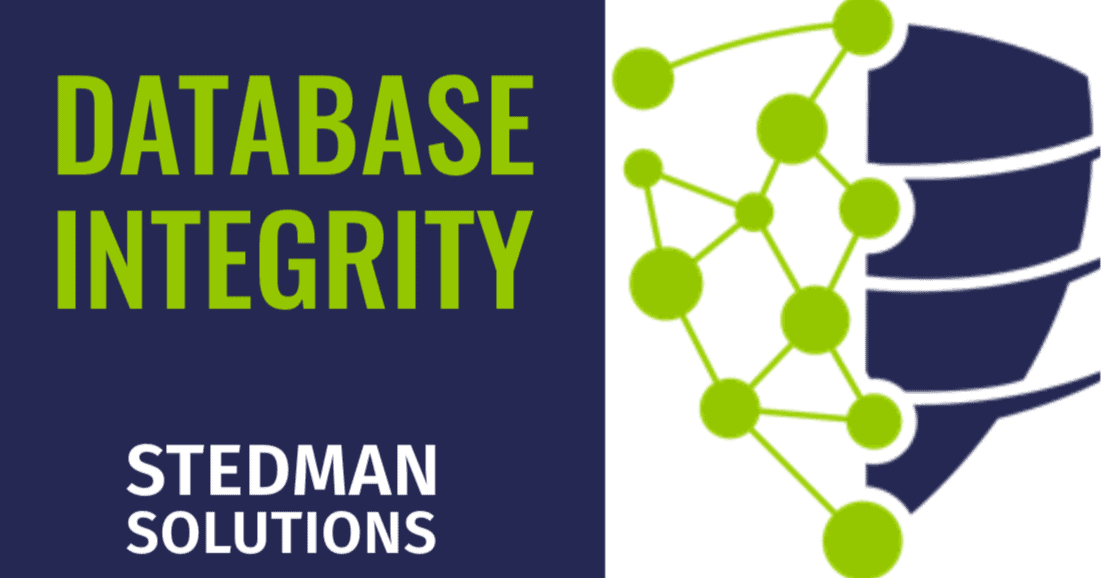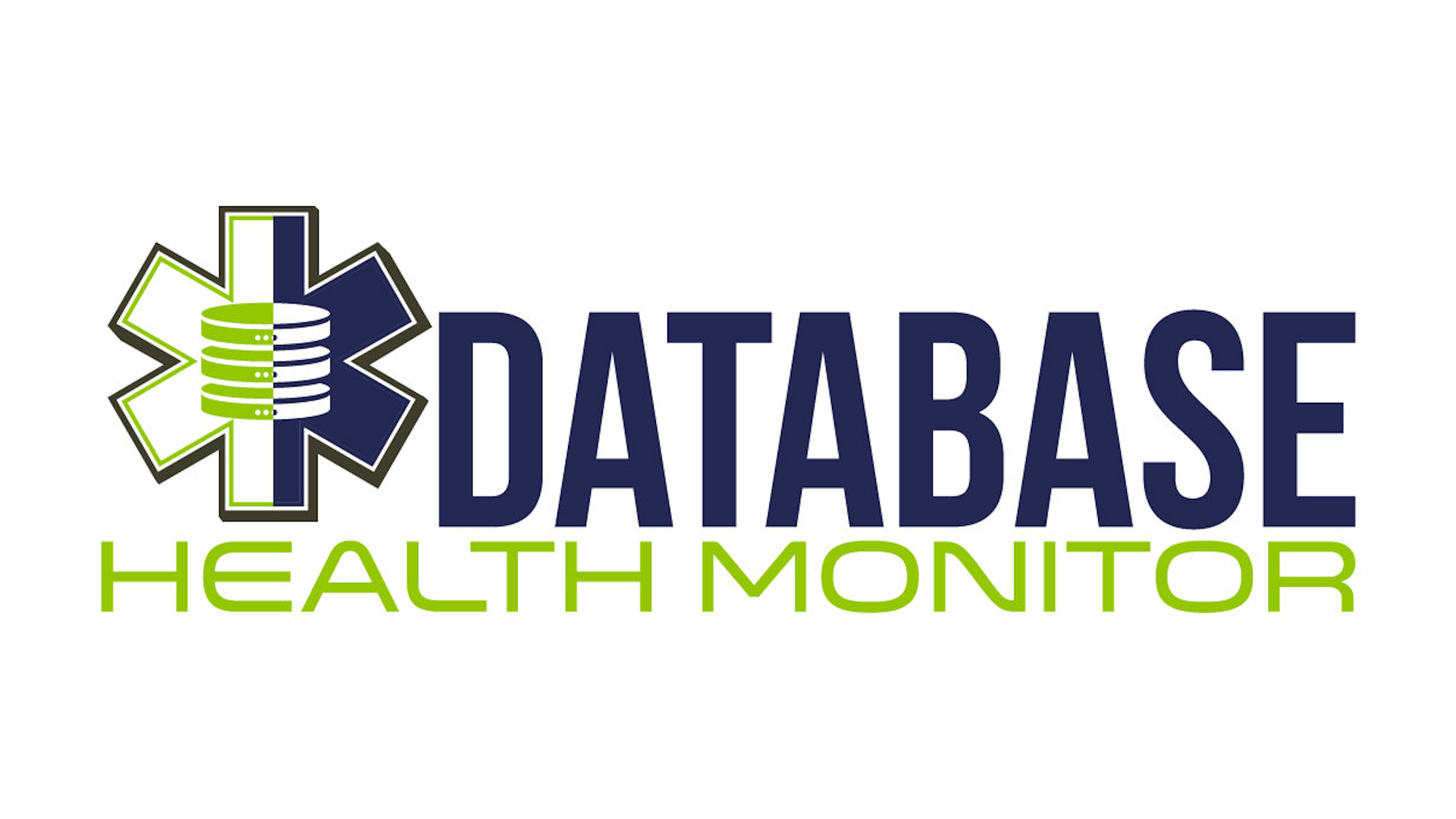CXPACKET and CXCONSUMER
Understanding the CXPACKET and CXCONSUMER Wait Types in SQL Server In SQL Server, two of the most commonly encountered wait types are CXPACKET and CXCONSUMER. These wait types are closely tied to parallel query execution, which SQL Server uses to enhance performance by dividing workloads across multiple CPU cores. While parallelism is designed to improve performance, it can sometimes cause …









